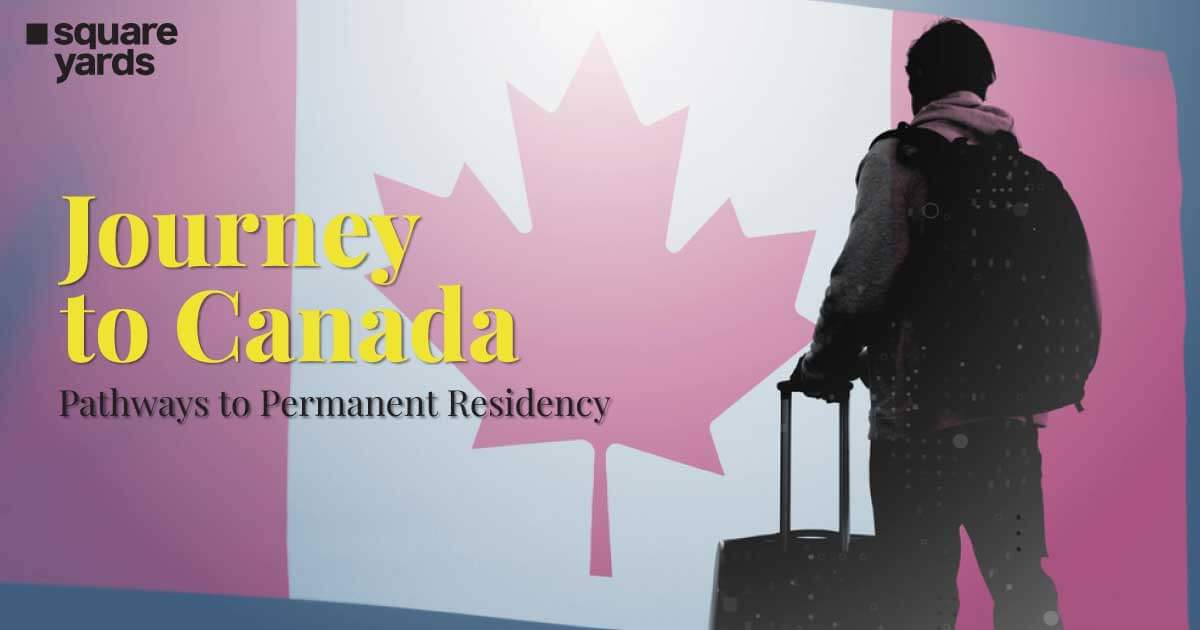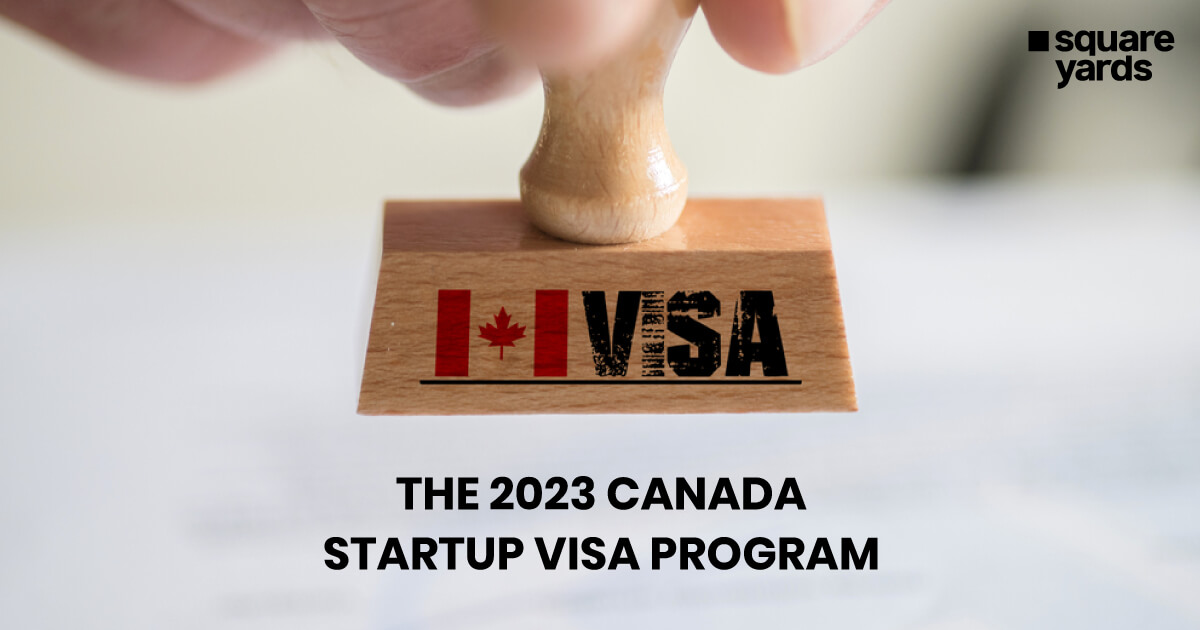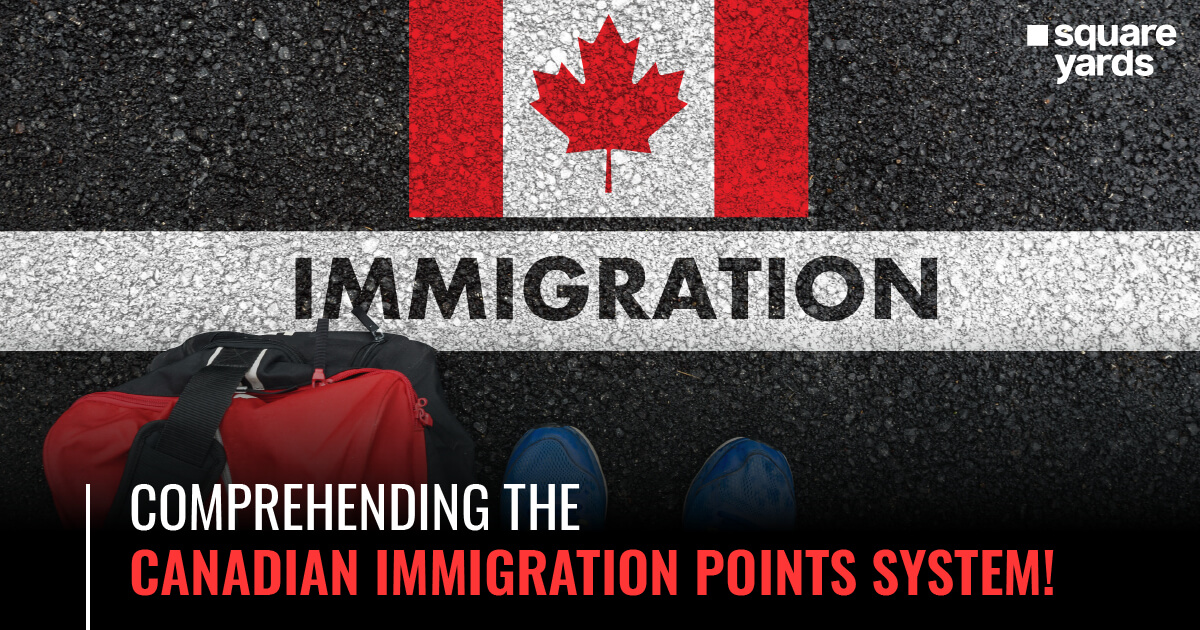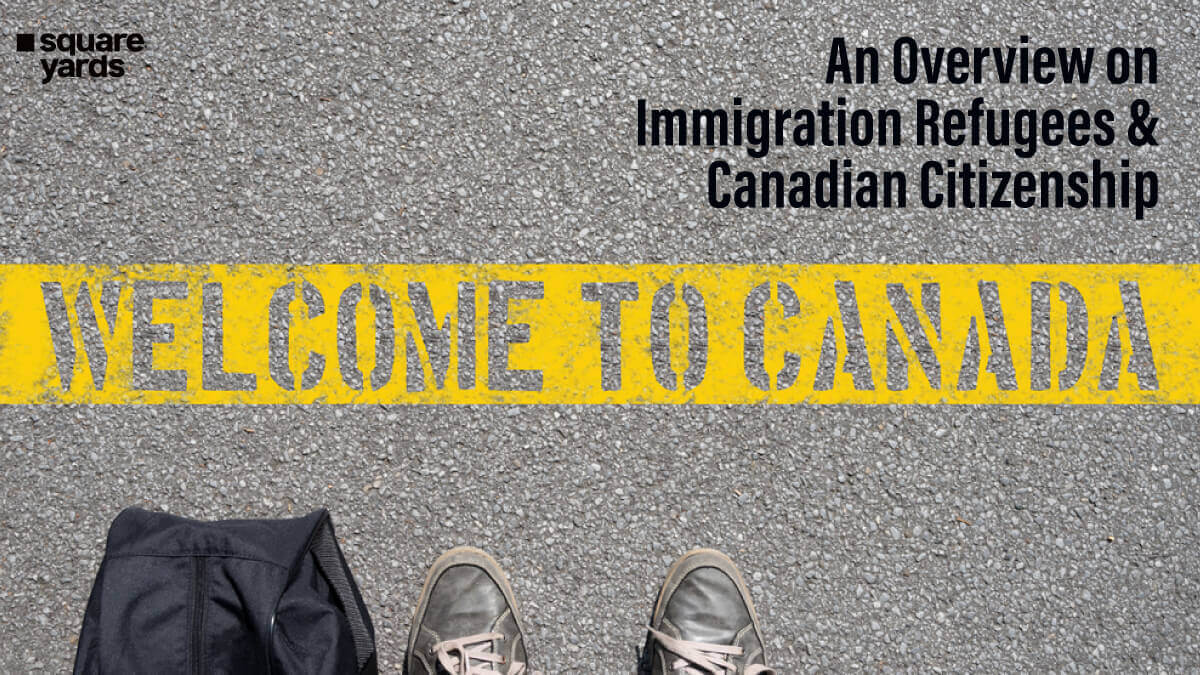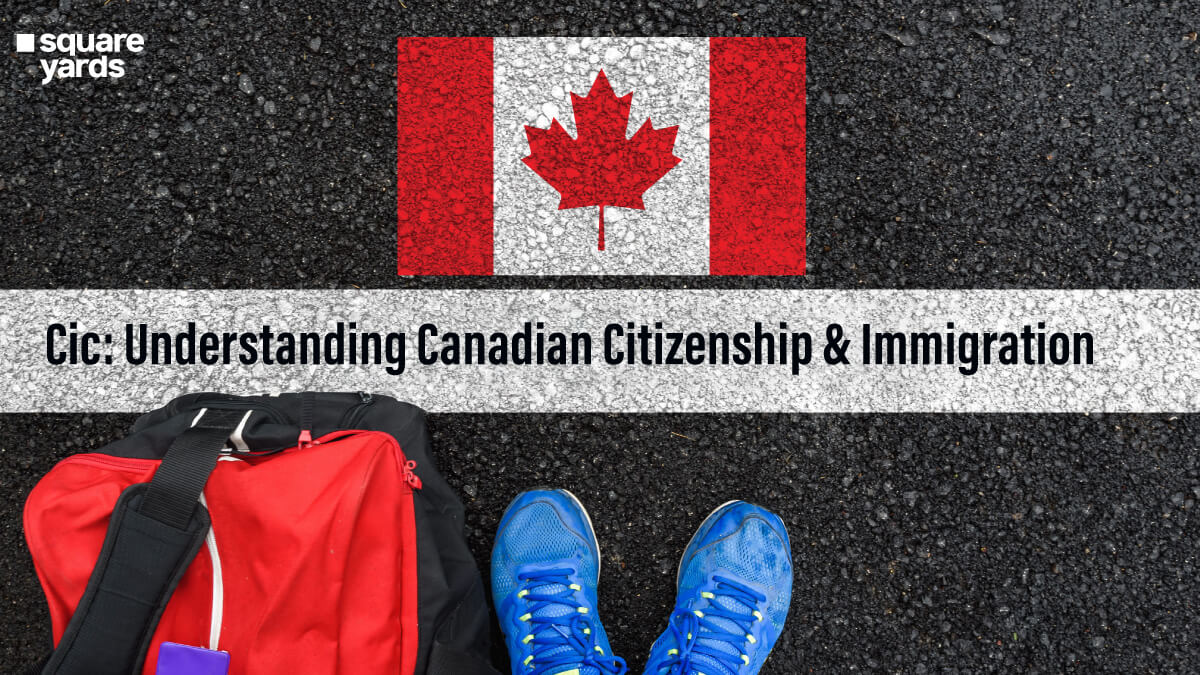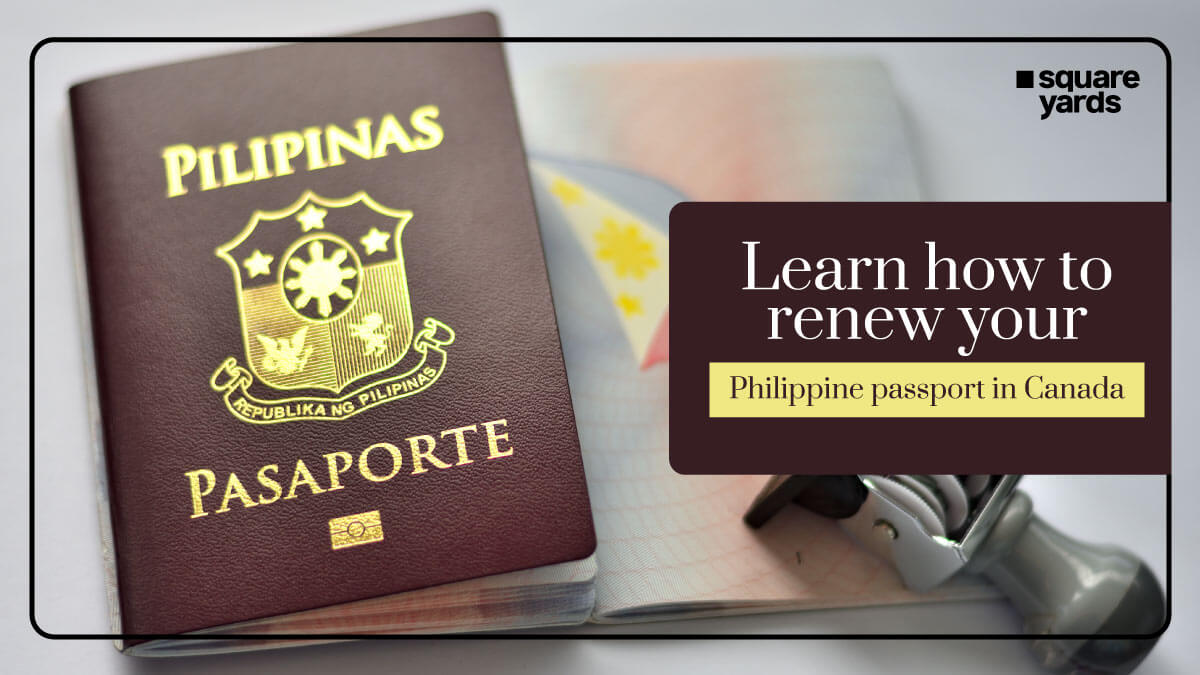Dreaming of maple leaf life? You’re not alone! Canada has become a top destination for those looking to start fresh. But let’s face it, navigating the path to Canada permanent resident (PR) can feel like trying to find a polite Canadian who hates hockey (it seems nearly impossible). But fear not! This guide is your one-stop shop to understand the ins and outs of Canada’s immigration programs and all the details you need to make your dream a reality.
Canadian Permanent Residency: Navigating Immigration Programs
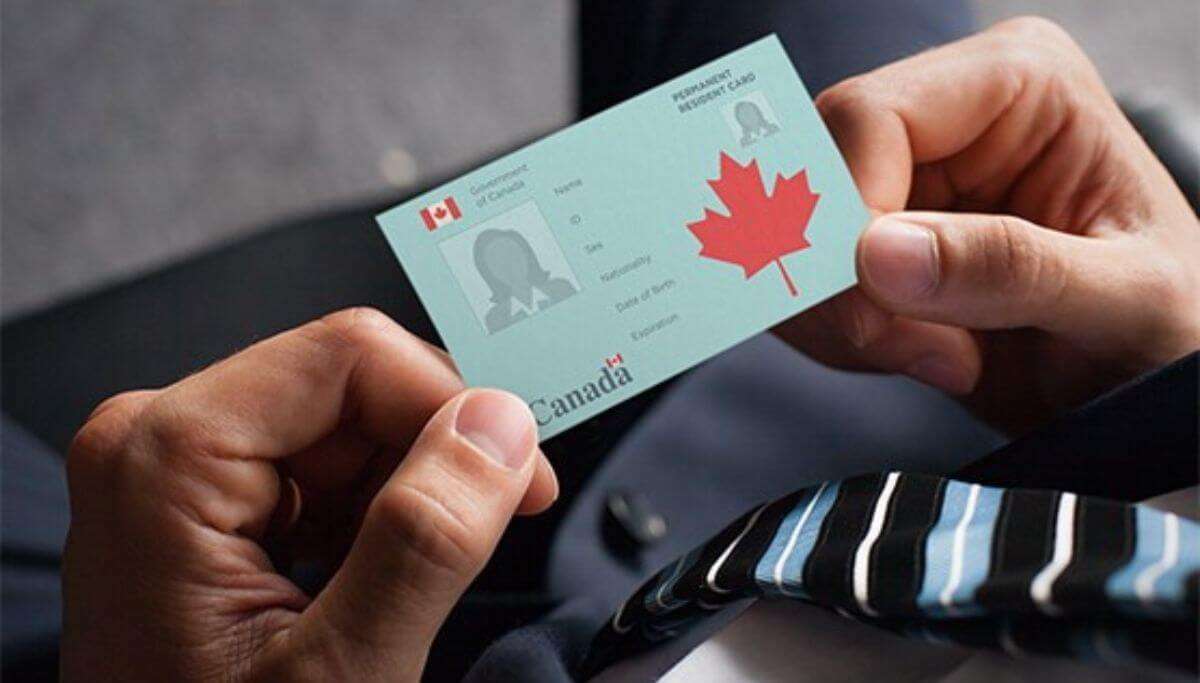
Of course, if you have come this far, you must be interested in knowing more about the process of getting PR to move to Canada. Many have ticked and marked their dreams, and now you can too. Whether you’re an entrepreneur, a student, or someone with family ties, there’s a pathway for you. Ready to set sail on the PR journey? Let’s dive into the Canada permanent resident application options, shall we?
-
Express Entry
Express Entry is the fast track to Canadian living for skilled workers. It’s like Canada’s version of “The Bachelor”, but for immigrants, and yes, it’s competitive. Simply put, the Express Entry system is Canada’s flagship immigration program, designed for skilled workers aiming to become Canada permanent resident. It’s known for its efficiency and fast processing times.
There are three primary categories under Express Entry:
-
- Federal Skilled Worker (FSW): Targets individuals with significant work experience and a high level of education.
- Federal Skilled Trades Program (FSTP): For skilled tradespeople with experience in specific trade occupations.
- Canadian Experience Class (CEC): Ideal for those who have already gained Canadian work experience.
In case you face any difficulty in estimating your potential score, the government provides a comparison table and an online tool to help applicants determine the most suitable program.
-
Provincial Nominee Programs (PNP)
Each Canadian province has a wishlist of candidates they’d love to welcome. PNPs cater to individuals who can contribute to the economy of a specific Canadian province or territory. Think of it as a VIP list at an exclusive club. You could get that coveted invite if you have the skills and experience a specific province needs. Each province/territory has its unique streams targeting skilled workers, graduates, and business people. Applicants must intend to reside in the province that nominates them.
-
Atlantic Immigration Program (AIP)
AIP offers a path to Canada permanent resident application for skilled workers and international graduates who wish to live in one of Canada’s Atlantic provinces (Newfoundland and Labrador, Prince Edward Island, Nova Scotia, and New Brunswick). Designed for East Coast lovers, the AIP is perfect if you fancy being surrounded by the ocean and enjoying fresh seafood. It’s a partnership between the government and Atlantic provinces to attract and retain skilled workers.
The program includes:
-
- Atlantic International Graduate Program
- Atlantic High-skilled Program
- Atlantic Intermediate-skilled Program
-
Start-up Visa (SUV)
Do you have a business idea that will change the world or at least make life in Canada a bit cooler? The Start-up Visa could be your ticket. Targeted at entrepreneurs with innovative business ideas, this program requires a qualifying business and support from a designated organisation. Eligible entrepreneurs can apply for a work permit before their permanent residence application.
-
Rural and Northern Immigration Pilot (RNIP)
For those who prefer starry skies over city lights, the RNIP supports immigration to Canada’s less populated regions. The RNIP is aimed at attracting skilled workers to smaller communities across Canada. Applicants need a job offer from one participating community and must meet IRCC and community-specific requirements.
-
Family Sponsorship
Got family in Canada? Lucky you! They could sponsor you for PR. This pathway allows citizens and Canada permanent resident to sponsor their relatives, including spouses, partners, children, parents, and grandparents, for permanent residence. Don’t you think it’s like having a VIP pass to the front of the line, courtesy of your Canadian relatives?!
-
Quebec-selected Skilled Workers
Parlez-vous français? Bon, because you’ll need to embrace the French-speaking life to settle here. Specific to the province of Quebec, this program requires applicants to obtain a Quebec Selection Certificate (CSQ) before applying for permanent residence at IRCC. However, this program has its own criteria for selecting immigrants.
-
Caregivers
For those with a big heart and the skills to care for the young, elderly, or those with disabilities, Canada values your contribution and offers a pathway to PR. Caregivers have options for permanent residency in Canada. Three programs cater to their needs: the Home Child Care Provider and Home Support Worker Pilots and the Live-in Caregiver Program, which requires prior Canadian work experience.
-
Self-employed
It’s time to turn your passion into a PR card. This one’s for you, artists, athletes, or anyone self-employed who can make a significant cultural or economic contribution to Canada. This program is for individuals with experience in cultural activities or athletics, allowing them to immigrate as self-employed persons contributing to Canada’s cultural or athletic landscape.
-
Agri-Food Pilot
Calling all farm lovers and foodies! If you’ve got experience in agriculture and want to contribute to Canada’s food industry, this pilot is ripe for the picking. This program addresses labour shortages in the agri-food sector; this pilot program offers permanent residence to non-seasonal workers in specific industries and occupations, requiring a Canadian job offer in the sector. Each immigration pathway has its own specific requirements and application processes. Prospective immigrants should carefully evaluate their options and consider seeking advice from reputable immigration consultants or lawyers to navigate the complexities of the Canadian immigration system effectively. Always refer to the official Immigration, Refugees, and Citizenship Canada (IRCC) website for the most current information and updates on Canada’s immigration programs.
International Students in Canada
Canada welcomes international students to pursue their educational dreams at designated learning institutions (DLIs). To study in Canada, you’ll need a study permit, which allows you to enrol in an approved program and stay in the country for the duration of your studies. Many students see this as a valuable first step towards obtaining permanent residency and eventually becoming Canadian citizens. Studying in Canada can be a stepping stone to becoming a Canada permanent resident. While a study permit allows you to study in Canada legally, it’s not the same as a visa. Depending on your nationality, you might also need a visitor visa or an electronic travel authorisation (ETA) to enter the country.
In fact, Canadian credentials and Canadian work experience gained through programs like the Post-Graduation Work Permit Program (PGWPP) can significantly boost your eligibility for various PR programs. Once your study permit application is approved, you’ll receive a letter confirming its issuance and, if required, an entry visa in your passport. For further details on studying and applying for a study permit, visit the Canadian government website.
Canadian Work Permit

Before we dive into the types of work permits we can get to reach Canada, let’s understand what a work permit is. A work permit is like a permission slip that lets you work in Canada. Most people who want to work there need to get one. If you’re not sure whether you need it, you should check. Depending on your job and if it’s in demand, you might be able to get a work permit quickly. This can be helpful, especially if you’re aiming for permanent residency later.
Now, there are two main types of work permits:
-
Open Work Permit
An open work permit is like a golden ticket, allowing you the freedom to work for almost any employer across Canada. This permit offers unparalleled flexibility, enabling you to explore various employment opportunities and gain diverse work experience during your Canadian adventure. Unlike other permits, it’s not limited to a specific job, location, or employer, making it an attractive option for those looking to explore the Canadian job market freely.
-
Employer-specific Work Permit
On the other side, if you’ve secured a job offer from a Canadian employer, the employer-specific work permit is your pathway. This permit is tied to a particular employer and job, which means you’ll need to stick with the same job and employer for the duration of your permit. Acting as a stepping stone towards permanent residency, it’s a direct route to gaining valuable Canadian work experience in your field. This type of permit ensures that both the employee and employer are committed to each other for the specified period.
-
Key Differences
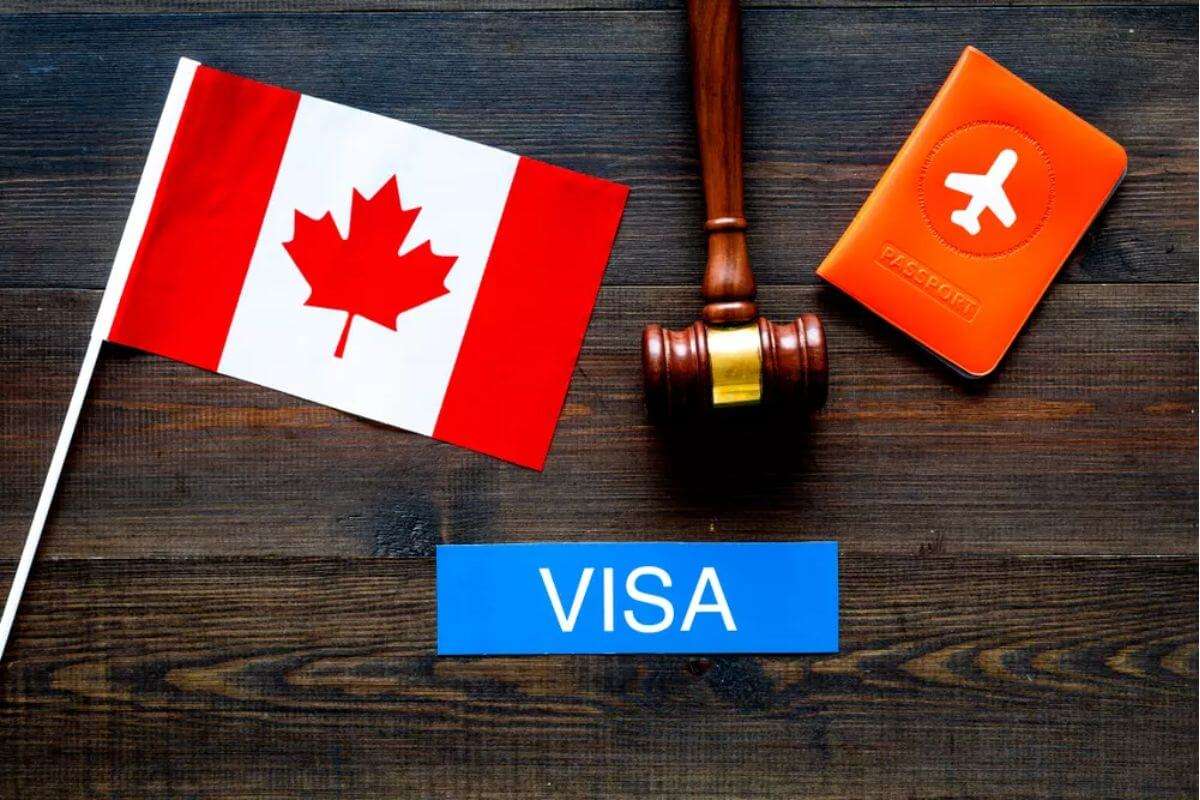
|
Aspect |
Open Work Permit |
Employer-specific Work Permit |
|
Flexibility |
Offers flexibility in employment choice across Canada. |
Restricted to one employer and job. |
|
Purpose |
Ideal for those who wish to explore different job opportunities or accompany a spouse. |
Suited for individuals who have a confirmed job offer and aim to gain experience in a specific role. |
|
Application Process |
Varies depending on the individual’s situation, such as being an international student graduate or the spouse of a skilled worker. |
Typically, it involves a Labour Market Impact Assessment (LMIA) to ensure the employment of a foreign worker will not negatively affect the Canadian job market. |
Both work permits are vital for integrating into the Canadian workforce, each serving different needs and circumstances. Choosing the right permit depends on your current situation, your long-term goals, and the specific requirements of the Canadian immigration program you’re aiming for.
International Experience Canada (IEC)
The International Experience Canada (IEC) program is a fantastic opportunity for young people from certain countries to work and travel in Canada. It allows you to explore Canada’s vast landscapes and vibrant cultures while gaining international work experience. Depending on your country of citizenship, you can apply for one of three categories: working holiday, young professionals, or international co-op internship. This program is perfect for those looking to experience life in Canada temporarily, and it could even open doors to staying longer. It’s like a working holiday: you get to live the Canadian dream, meet new people, and build skills that are valuable around the world.
Boost Your Career: Working in Canada as an International Student
Combine study and work to get the best of both worlds. It’s a great way to immerse yourself in Canadian culture while building your career. Similarly, the “Work in Canada as an International Student” program allows students from other countries to work part-time during their studies and full-time during scheduled breaks. This means you can earn money, gain valuable work experience, and immerse yourself in Canadian culture while you complete your education in Canada. It’s an excellent way for international students to support themselves financially and get a head start on building a career in Canada. Plus, the work experience you gain could help you qualify for permanent residence in Canada in the future, making it more than just a job.
Finding Refuge in Canada: A Path to Permanent Residency
Canada has a big heart for those in need of protection. If you’re fleeing persecution, conflict, or human rights abuses, there may be a place for you here. The Immigrate as a Refugee program in Canada offers a safe haven to individuals and families who are forced to flee their home countries due to fear of persecution, conflict, or serious human rights violations. Canada assesses each case to provide protection to those in genuine need. Once accepted, refugees can live in Canada, where they receive help to settle and build a new life. This program not only aims to protect vulnerable people but also gives them a chance to become Canada permanent resident and eventually citizens, offering a fresh start and a secure future in a welcoming community. It’s a reflection of Canada’s commitment to human rights and compassion for those seeking safety and a new beginning.
Final Thoughts
On a brief note, we can say that Canada offers a plethora of programs for applying for permanent residence. Remember, while the process may seem daunting, many have succeeded before you. With a bit of patience and a lot of paperwork, you, too, can join the ranks of happy Canadians. Embrace the journey, future Canadians. The road to PR might be long, but the reward of a new life in one of the world’s most welcoming countries is definitely worth every step.
You May Also Read
|
Explore Permanent Residency Card in Canada |
|
|
Know Immigration Refugees And Citizenship Canada |
|
|
About Passport Renewal Process in Canada |
|
|
Understand Business Immigration to Canada |
Frequently Asked Questions (FAQs)
To get a permanent PR in Canada there are multiple ways to move. The fastest way depends on your unique situation—skills, experience, and personal connections in Canada. For the ideal way, you can explore Express Entry and Provincial Nominee Programs for quick paths.
The easiest way to get Canadian PR includes the Express Visa. Many feel it’s the ideal and fastest way, especially if you score high on the Comprehensive Ranking System. Make sure your profile is as strong as possible to stand out.
Indians can apply through any of the programs mentioned above. Some common ways include Express Entry, PNPs, and the Student Route, which are particularly popular pathways. How can I get permanent PR in Canada?
What is the fastest and easiest way to get PR in Canada?
In which city of Canada is PR easy?
How can Indians get PR in Canada?

